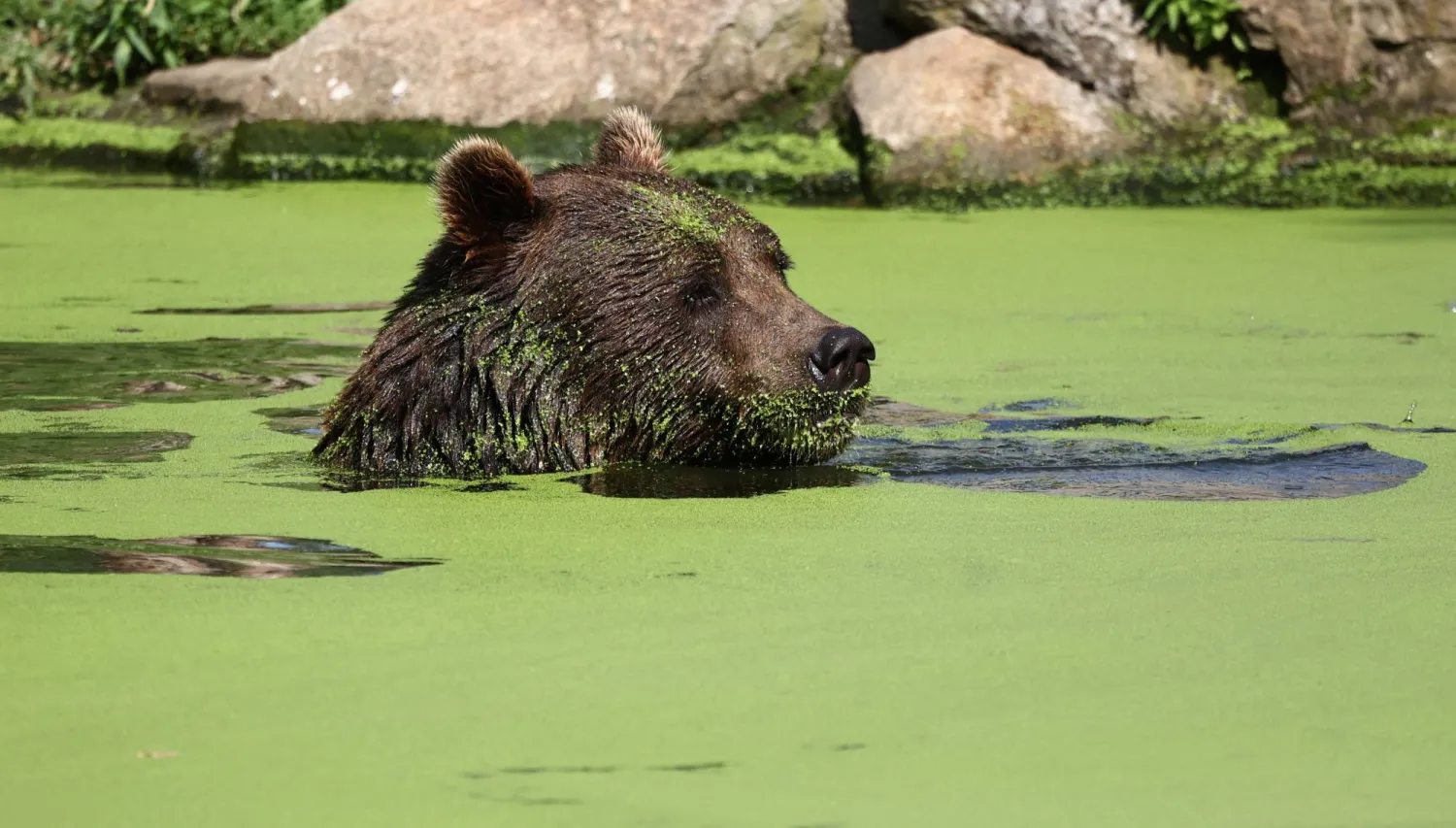A crew of four aboard a SpaceX capsule embarked on the world's first private spacewalk on Thursday, as an astronaut eased out of the Crew Dragon spacecraft on a tether into the vacuum of space, hundreds of miles from Earth.
Billionaire Jared Isaacman, 41, exited first about 6:52 a.m. ET (1052 GMT). After he returned a few minutes later, SpaceX engineer Sarah Gillis, 30, was scheduled to take her turn in space, all their maneuvers streaming live on the company's website, Reuters reported.
"Back at home we all have a lot of work to do, but from here, Earth sure looks like a perfect world," Isaacman said after emerging from the spacecraft, the planet glittering in half shadow below him.
Before the spacewalk began, the capsule was completely depressurized, with the whole crew relying on their slim, SpaceX-developed spacesuits for oxygen, provided via an umbilical connection to Crew Dragon.
The spacewalk was scheduled to last only about 30 minutes, but the procedures to prepare for it and to finish it safely last about two hours. It was meant to test the new spacesuit designs and procedures for the capsule, among other things.
Isaacman, Gillis, Scott Poteet, 50, a retired US Air Force lieutenant colonel, and SpaceX engineer Anna Menon, 38, had been orbiting Earth aboard Crew Dragon since Tuesday's pre-dawn launch from Florida of the Polaris Dawn mission. Menon and Poteet remained inside the spacecraft during the spacewalk.
The video player is currently playing an ad.00:14This robot uses AI to zap weeds without harming crops
It is the Elon Musk-led company's latest and riskiest bid to push the boundaries of commercial spaceflight.
Isaacman, a pilot and the billionaire founder of electronic payments company Shift4 (FOUR.N), opens new tab, is bankrolling the Polaris mission, as he did his Inspiration4 flight with SpaceX in 2021.
He has declined to say how much he is paying, but the missions are likely to cost hundreds of millions of dollars, based on Crew Dragon's price of roughly $55 million a seat for other flights.
-FARTHEST SINCE APOLLO
Throughout Wednesday, the craft circled Earth at least six times in an oval orbit as shallow as 190 km (118 miles) and stretching out as far as 1,400 km (870 miles), the farthest in space that humans have traveled since the last US Apollo mission in 1972.
The gumdrop-shaped spacecraft then began to lower its orbit into a peak 700-km (435-mile) position and adjust cabin pressure to ready for the spacewalk, formally called Extravehicular Activity (EVA), the Polaris program said on social media on Wednesday.
"The crew also spent a few hours demonstrating the suit’s pressurized mobility, verifying positions and accessibility in microgravity along with preparing the cabin for the EVA," it said.
Only government astronauts with several years of training have done spacewalks in the past.
There have been roughly 270 on the International Space Station (ISS) since it was set up in 2000, and 16 by Chinese astronauts on Beijing's Tiangong space station.
The Polaris crew has spent 2-1/2 years training with SpaceX mission simulations and "experiential learning" in challenging, uncomfortable environments, said Poteet.
A record 19 astronauts are now in orbit, after Russia's Soyuz MS-26 mission ferried two cosmonauts and a US astronaut to the International Space Station on Wednesday, taking its headcount to 12.
Three Chinese astronauts are aboard the Tiangong space station.
The first US spacewalk in 1965, aboard a Gemini capsule, used a similar procedure to the one planned for Polaris Dawn: the capsule was depressurized, the hatch opened, and a spacesuited astronaut ventured outside on a tether.
Since 2001, Crew Dragon, the only US vehicle capable of reliably putting humans in orbit and returning them to Earth, has flown more than a dozen astronaut missions, mainly for NASA.
The agency seeded development of the capsule under a program meant to establish commercial, privately-built US vehicles capable of ferrying astronauts with the ISS.
Also developed under that program was Boeing's Starliner capsule, but it is farther behind.
Starliner launched its first astronauts to the ISS in June in a troubled test mission that ended this month with the capsule returning empty, leaving its crew on the space station for a Crew Dragon capsule to fetch next year.







